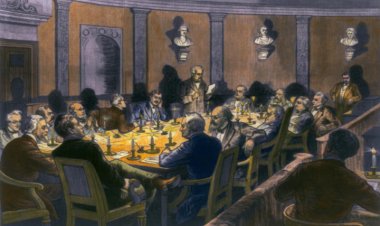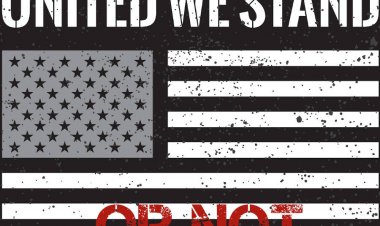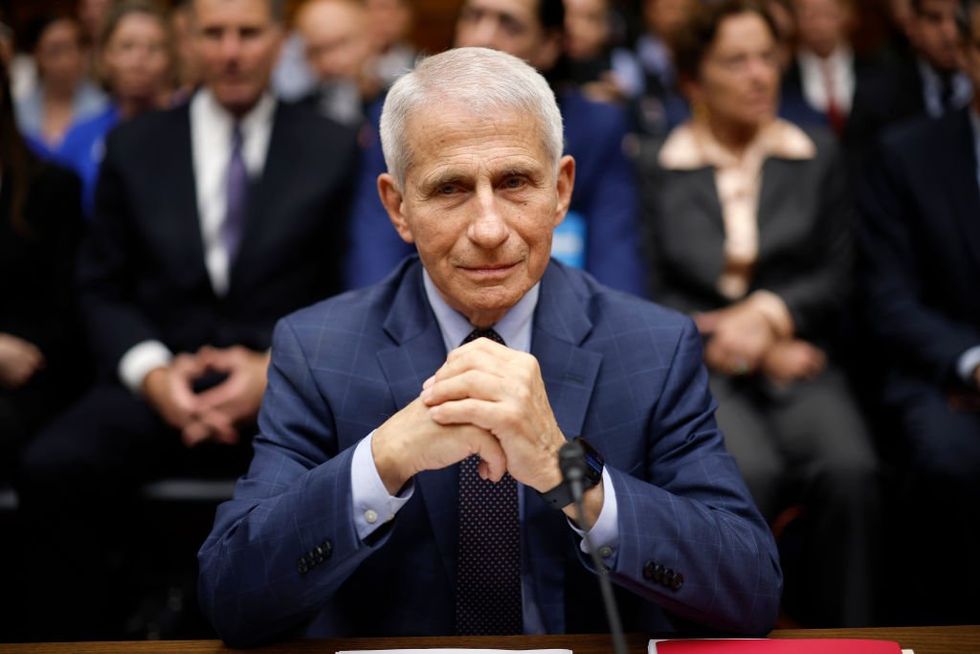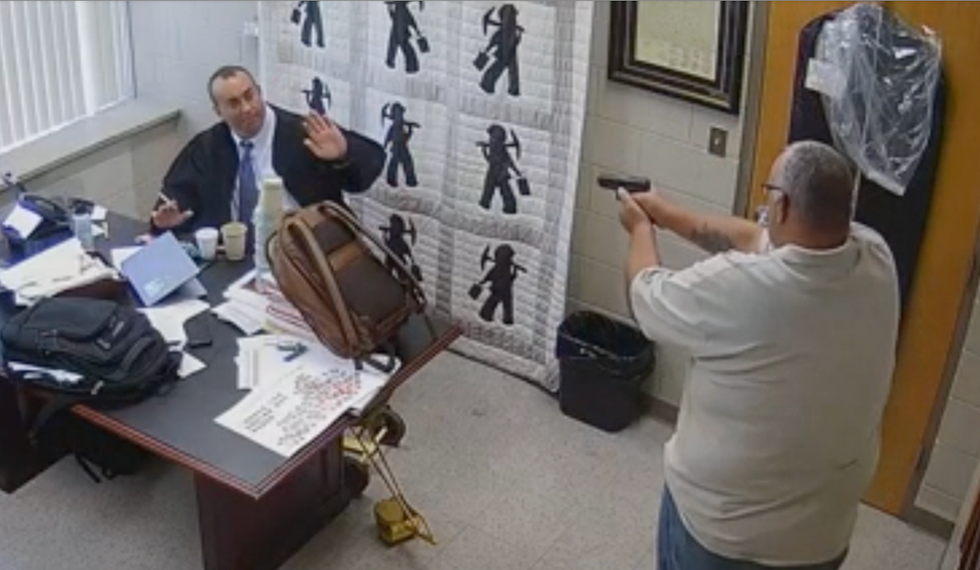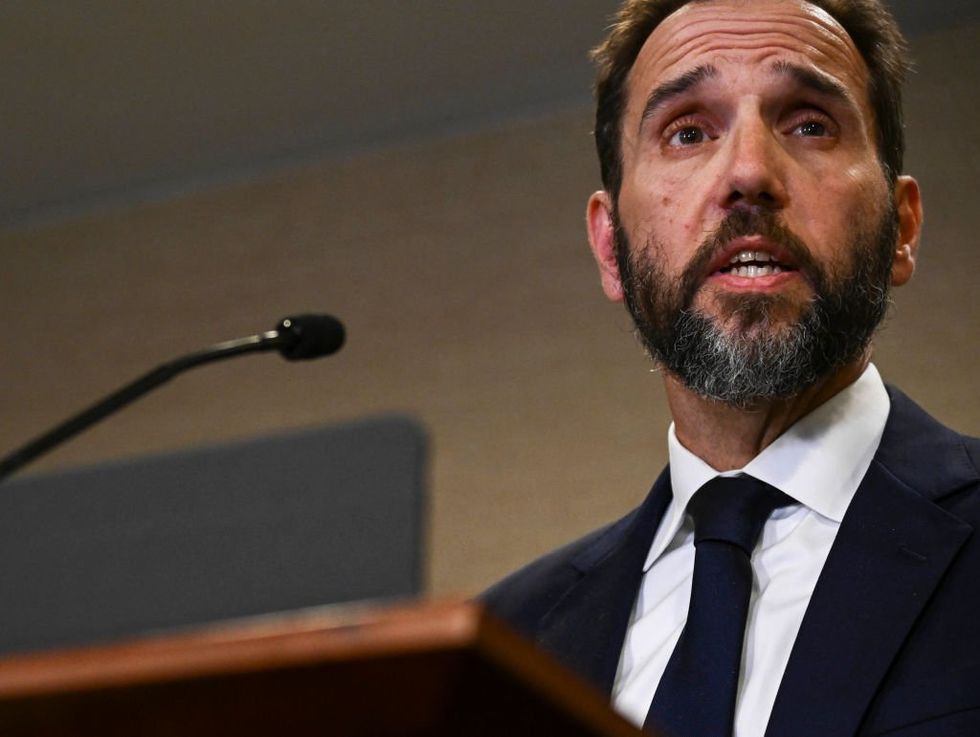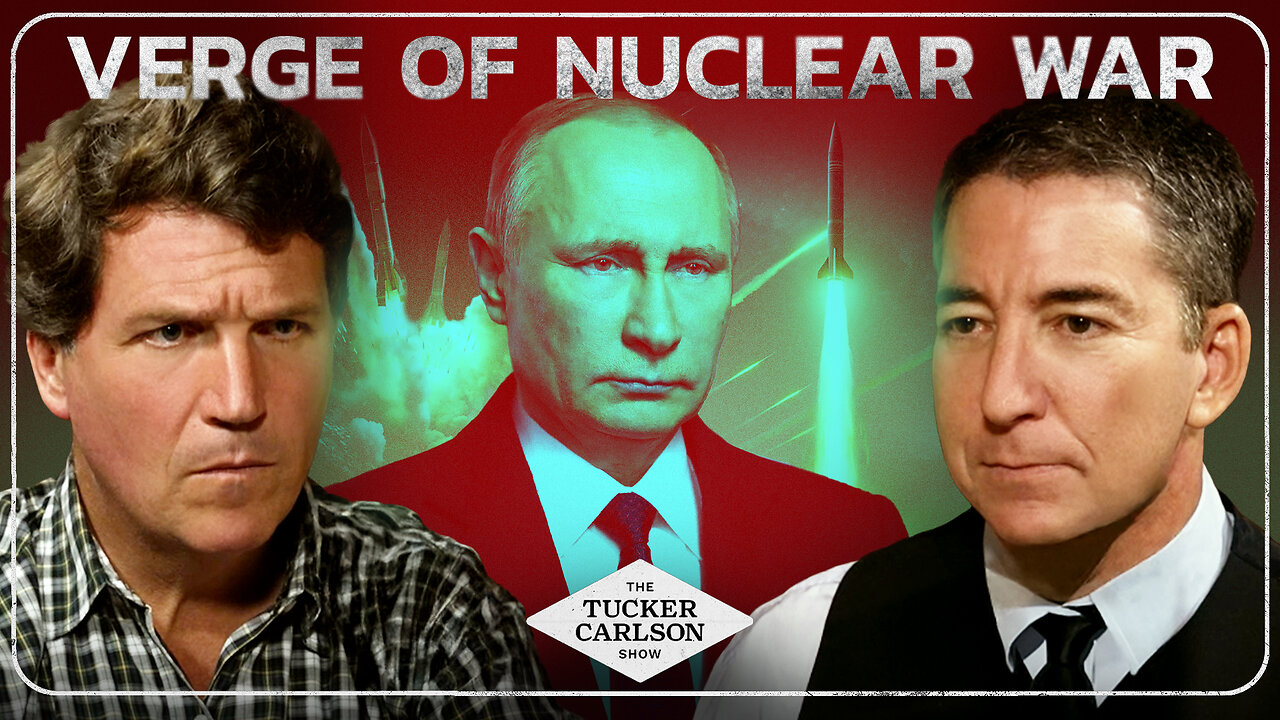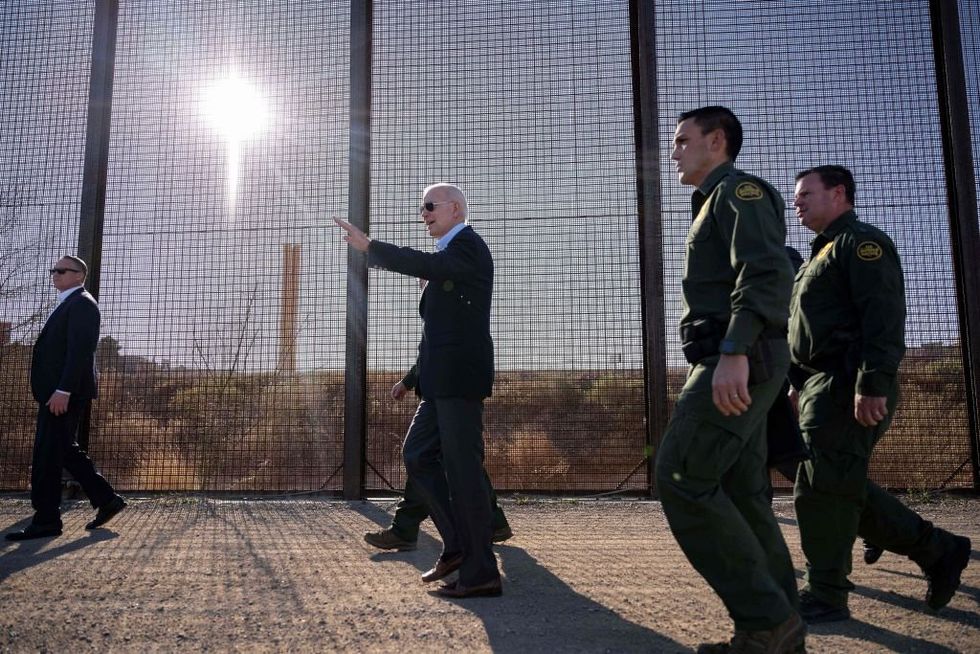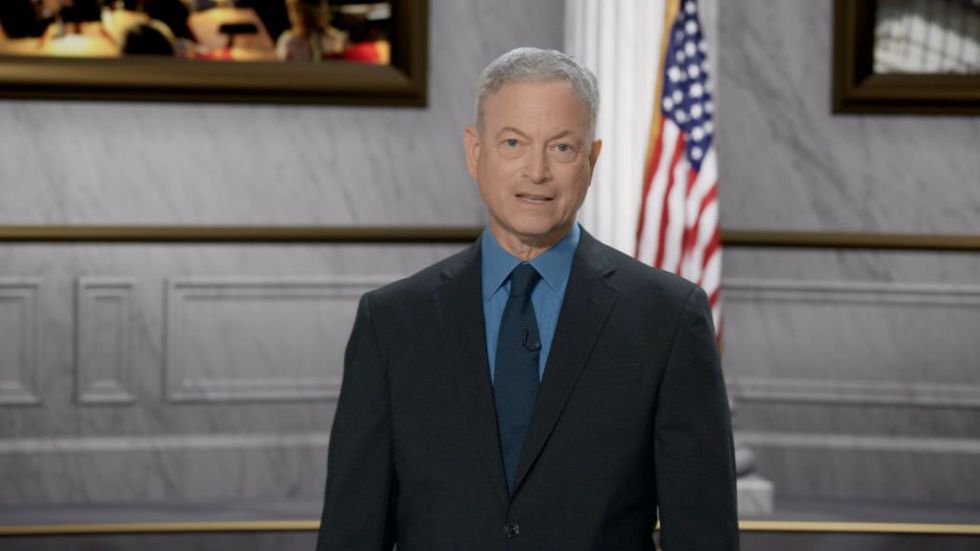A tale of the fate of 2 missing terrorist leaders
Speculation is rife about the whereabouts and condition of both IRGC Quds Force leader Esmail Qaani and Hamas chief Yahya Sinwar



JERUSALEM – Considering the number of top – and in the case of several of Hezbollah’s leaders – internationally wanted criminal terrorists who have met their demise over the last few months, it is the fate of two in particular about which there is currently enormous intrigue.
In ascending order of importance, the far more junior of these two figures is Hamas chief Yahya Sinwar. He has not been heard from for several weeks, with rumors spreading like wildfire that he had met his demise in an Israeli missile strike on his former Rafah stronghold. A recent image of IDF Chief of Staff Lt.-Gen. Herzi Halevi shows a split screen behind him with Hezbollah’s top leaders on one side and Hamas’ on the other. Almost all of Hamas’ top leaders had a big red cross through their images (as did Hezbollah’s) – indicating they had been eliminated – but for Sinwar, a large question mark appeared.
BREAKING:
Yahya Sinwar death uncertain.Chief of Staff, Hertzi Halevi said yesterday he is assessing the situation at the time of the attack in Yemen, with the time in the background, Sinwar’s photo with a question mark

This is significant, because in recent weeks, Reports… pic.twitter.com/ya4sfS507D
— Shiri_Sabra (@sabra_the) September 30, 2024
One doesn’t want to bandy about the Hitlerian comparisons too readily, although it is inescapable. A leader who gambles his people’s fate, attacking a stronger enemy and after initial successes trying to marshal ever-more-illusory military resources as the tide turns, and taking to hiding in an underground bunker as the vice’s grip becomes ever tighter. The fact there is an assumption if Sinwar is still alive that he is “protected” by those he deems the most high-value hostages is a slight departure.
Meanwhile, according to Israel’s Channel 12, Qatari officials mediating hostage deal talks with Hamas told the families of captives last week that Sinwar was no longer calling them. If this is the case, it is no doubt due to the fate of thousands of Hezbollah operatives – up to and including Hassan Nasrallah – whose whereabouts were pinpointed following the astonishing success of the bombs in beeper and two-way radios operation. Presumably, Sinwar, who if nothing else has a cast-iron desire for his own preservation – no matter the cost to the people he purportedly represents – is taking extra precautions to avoid Nasrallah’s fate. Indeed, Qatari officials have strongly suggested Sinwar, who is only using pen and paper with which to communicate, is still alive.
Some in Israel’s defense establishment assess Sinwar was likely killed in an Israeli airstrike, although this is not a view American officials share. They argue his retreat from view is the most effective way he can try and secure his longevity; and furthermore, he is not at all out of the loop, and is an integral part in Hamas’ decision-making. With the first anniversary of the Oct. 7 massacre imminent, will there be renewed Hamas attacks – possibly with longer-range missiles targeting central Israel – and will Sinwar reappear to give the impression he is orchestrating them?
There are arguments on both sides of the ledger. Rawhi Mushtaha, a trusted Sinwar consigliere, who was instrumental in the note-passing business, was killed some three months ago, which Israel only announced on Thursday. Perhaps there are echoes of the death of Mohammed Deif too. His presence at a Hamas meeting on July 13 was confirmed and his location pinpointed – again through the use of a courier – and immediately followed by massive ordnance at that exact site. Israel was almost certain it had gotten its man – at something like the eighth time of asking – although it took until Aug. 1 for Hamas to verify the rumors.
Sinwar’s potential killing also raises very uncomfortable questions for both Israel’s political and military leaders. If he was not able to be drawn away from the hostages that almost every intelligence source admits he surrounds himself with, it seems inevitable they would be killed along with him. Despite his position as Public Enemy #1, there would likely be serious ramifications for the government if some two dozen hostages – according to some estimates – were slain at the same time as the architect of Oct. 7
However, even more critical than Sinwar, is an answer to the fate of Esmail Qaani, the Islamic Revolutionary Guard Corps (IRGC) Quds Force general. There are several (uncorroborated) reports that the successor to Qassem Soleimani, whom the United States eliminated on Iraqi soil in 2020, was visiting Beirut in the wake of Israel Air Force missile strikes, which decimated and decapitated Hezbollah’s leadership.
Qaani’s last public appearance was in Tehran, some 48 hours after the massive missile strike which extinguished Hassan Nasrallah. The IRGC leader was a notable absence from Friday prayers in Tehran, which eulogized and exalted the slain Hezbollah leader. Qaani was thought to be meeting Hashem Safieddine, who was chosen to replace Nasrallah, in Beirut’s Dahiyeh neighborhood. Three Iranian officials have subsequently confirmed the Quds Force leader was indeed in Beirut at the time of the Israeli strike. His absence and the manner of his apparent demise is also said to be causing wide-spread panic among IRGC operatives.
Video from the bunker where where the new Hezbollah leader Hashem Safieddine was killed in an Israeli airstrike pic.twitter.com/ywBqebP4mN
— Visegrád 24 (@visegrad24) October 5, 2024
Following Iran’s ballistic missile attack on Israel, which is thought to have at least partly successfully targeted military bases and installations, the entire region is on a knife’s edge. Israel has yet to respond to this latest attack, although the Home Front Command in the Jewish state has warned citizens an Israeli strike on Iran – whether it’s Tehran itself, one or more nuclear facilities, and/or Iran’s petroleum industry – will likely be met with more ballistic and cruise missiles flying in the other direction. Qaani’s potential death at Israel’s hands might only harden Iran’s resolve – if any were really needed – to keep those missiles flying.
Originally Published at Daily Wire, World Net Daily, or The Blaze
What's Your Reaction?








